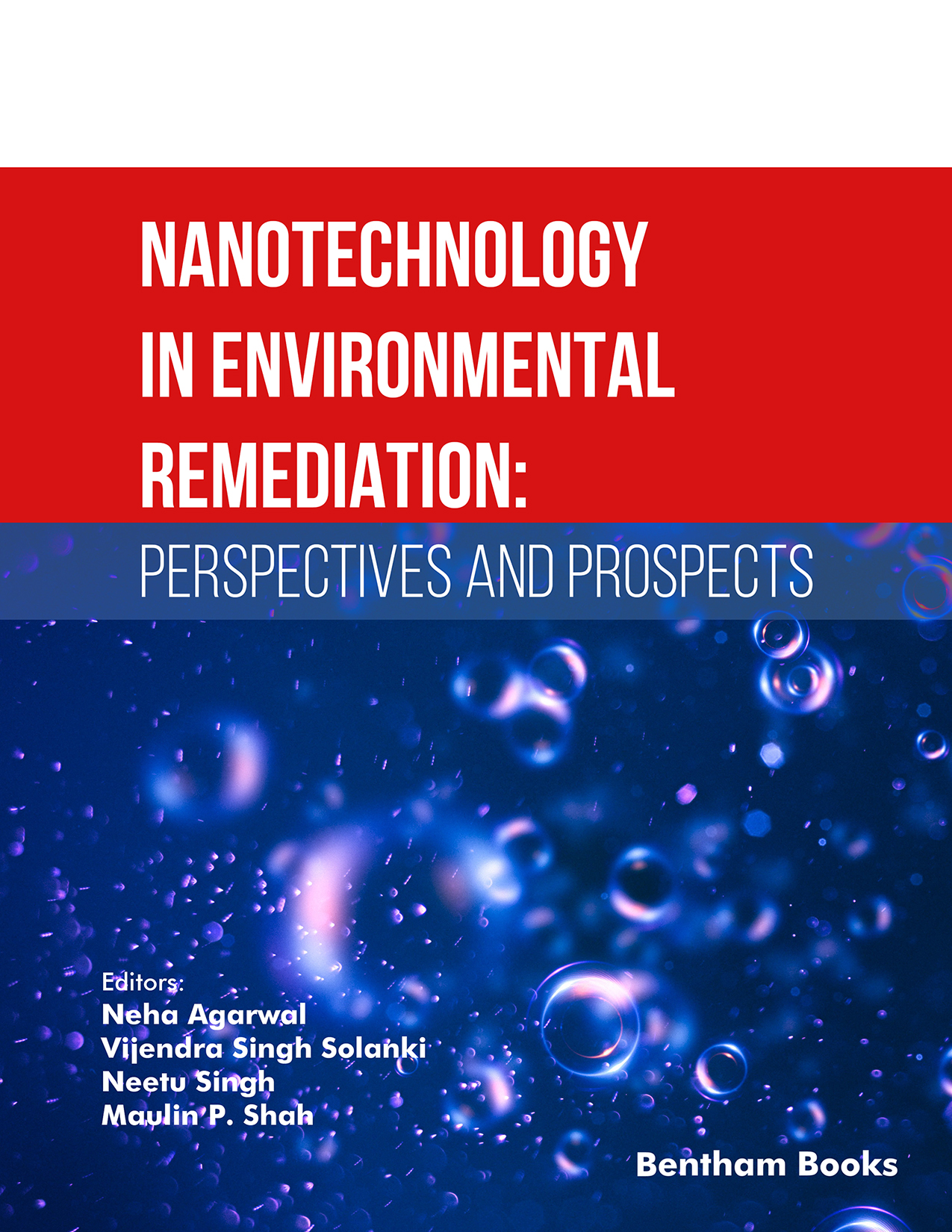In recent years, the rapid growth in the domain of nanotechnology has opened up new horizons to address some of the most serious environmental issues. The fusion of nanotechnology and nanotechnological methods carries enormous potential to enhance the cost-effectiveness, potency, efficiency, and sustainability of efforts of environmental protection and pollution control for environmental remediation. This book, "Nanotechnology in Environmental Remediation: Perspectives and Prospects," exhibits a comprehensive analysis of the applications, recent advancements, and prospects of nanotechnology in the field of environmental remediation and protection.
The book starts with an insightful introduction to the origins of several contaminants and pollutants across distinct environmental zones. This deep and basic knowledge contributes to developing a better understanding of the necessity and scope of nanotechnological advancements related to environmental protection. The following chapters scrutinize the synthesis, characterizations, and properties of different types of nanomaterials for the remediation of the environment and also highlight the uniqueness and potency of nanomaterials.
Nanomaterials in the wastewater treatment section of the book will surely create awareness amongst the readers about the advanced materials that effectively remove impurities from wastewater, thereby improving water quality and availability. The application of nanotechnology and nanomaterials for the remediation of soil and air has also been thoroughly discussed, presenting unique solutions to tackle pollution in the environment.
A commendable feature of this book is to focus on several types of specialized nanomaterials, such as carbon nanomaterials, nanocomposites, metal oxides, polymers, and materials for the degradation of toxic organic pollutants. Each chapter of this book offers deep insights into the advantages, mechanisms, and effectiveness of these materials, supported by recent advanced research studies.
Further chapters show the utilization of different kinds of nanomaterials in environmental detection and remediation along with their applications, such as nanobiosensors and photocatalytic properties. These aforementioned technologies contribute to the early detection of several types of environmental pollutants, which proactively helps in environmental protection strategies.
The book also draws attention to its broader themes like the social and environmental implications of different nanomaterials, green nanotechnology, sustainability, and the risk of nanotechnological applications. These analyses are very necessary to certify that the utilization and growth of nanotechnologies are ethical, safe, and sustainable for the environment.
Ultimately, the book offers a wide range of perspectives regarding the future directions, challenges, and applications of nanotechnology in the remediation of the environment. This commendable section targets a boarder range of readers like scientists, researchers, practitioners, and policymakers to carry on their research in this innovative and dynamic field.
I appreciate the editors and contributors for their meticulous and comprehensive approach to this multifaceted field. Their collective expertise and thorough analyses make this book an extremely useful resource for scientists, researchers, professionals, students, and technologists interested in the deep analysis of nanotechnology and environmental science.
As we go through the issues of environmental degradation and search for sustainable solutions, "Nanotechnology in Environmental Remediation: Perspectives and Prospects" proves itself a beacon of knowledge that directs us toward a safer, cleaner, and better planet.
Khac-Uan Do
School of Chemistry and Life Sciences
Hanoi University of Science and Technology
Vietnam

